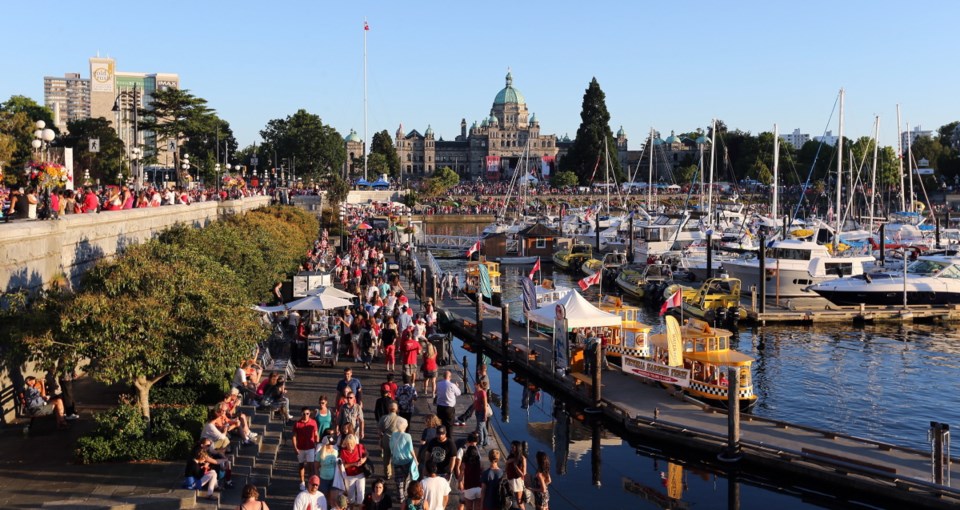 The Vancouver Island Economic Alliance gets together every year in Nanaimo to rally interest and build enthusiasm for economic growth on the Island.
The Vancouver Island Economic Alliance gets together every year in Nanaimo to rally interest and build enthusiasm for economic growth on the Island.
At the close of last week’s session, it released its first “State of the Island Economic Report.”
There’s a statistic discussed in that document that jumps off the page. Although the idea of supporting economic development and job creation sounds a bit motherhood, the statistic shows how counter-intuitive the concept can be when it comes to Vancouver Island.
It’s the employment rate on the Island, which Statistics Canada puts at 54 per cent. That’s the lowest employment rate of any of the seven major regions in B.C. Employment rate is defined as the share of the population aged 15 and over that are employed. So a population of 760,000 where just over half of the people actually get up in the morning and go to work is a remarkable thing.
Northeastern B.C. has a 70 per cent rate. The Cariboo has 67 per cent and the Lower Mainland is at 61 per cent. Only the Kootenay comes close to Vancouver Island’s disengagement with working life, at 55 per cent.
The labour-force participation rate is a more refined measurement, but it tells the same story, with the Island showing the lowest rate in B.C.
And the employment rate is shrinking year by year. It dropped five points over the past four years.
“This is consistent with a growing number of retirees and a shrinking labour force, which suggests that population growth is being influenced by factors other than economic opportunities.”
In other words, people move here for the ambience, the life of leisure, much more than they do for actual work.
The overall trends suggest most migration to the region as a whole is by people over 55 (less so in Comox and Campbell River).
The labour force declined by 28,000 people (seven per cent) from 2010 to 2014. But it’s the changes in the age structure of the population that account for the declining rates. By age category, the cohort in their working years are still toiling, at a relatively constant rate. But the steady growth year by year in the number of seniors is dragging the overall rate down.
It’s not that people in their working years are dropping out of the work force. It’s that they are aging out, at the same time that retirees are moving in.
The report found: “Overall employment on Vancouver Island peaked around 2008 and has been declining since.”
In the past five years, the Island has been growing at about a half per cent a year, mostly driven by migration from other parts of Canada. But the working-age population has declined by about 1.5 per cent, while the population 65 and over has increased by about 17 per cent.
The numbers just confirm the blindingly obvious: People retire to Vancouver Island. But the cumulative effect of that trend is still startling. The economy is running on the proposition that the split between the working and non-working populations is roughly 50-50.
The striking thing is that the trend lines all suggest that the retirees will outnumber the working stiffs in the next few years. They’re not just moving to the Island. They’re taking it over.
A study by the alliance in 2009 identified the long-term trends flowing from the population changes. They included a general move away from producing goods toward providing services, many of them needed by the retirees who have shed the workaday life. The newest report said there hasn’t been significant growth since 2009.
“Even when many of the people moving to a region are not working and are supported by pensions or other sources of non-employment income, the increase in the demand for services and housing will tend to create job opportunities. This may encourage people to remain in the region or attract more people to the region.”
Much of the report is about doing what can be done to keep the various job-creating economic sectors ticking along.
But it’s remarkable that scarcely half the population needs or is interested in those jobs.



